Suparna Sharma is the resident editor of The Asian Age newspaper in Delhi. She is also a film critic for The Asian Age and Deccan Chronicle newspapers. We ask her about the state of Bollywood when it comes to representation of women.
As a film critic, what is the best and worst part of your work?
I didn’t have a particularly happy childhood and so, for me, movies became almost an existential refuge very early on. They offered new different worlds to inhabit and get lost in, stories and characters that showed another way to live, to be. Even when the movies were sad, perhaps especially when they were sad, they made me feel alive, real.
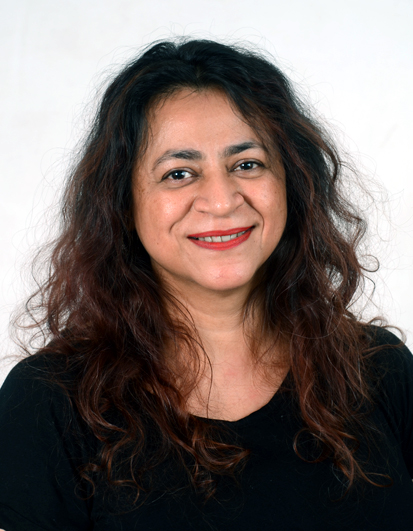
I started reviewing films in 2008, after several years spent as a journalist covering crime in Delhi, insurgency in the Northeast, and editing newspapers. And now, after reviewing maybe 1,000 if not more films, I can say that the best part of my job really is that I get to watch films as part of my work day. I mean, how amazing is that?!
The worst part is that some of the films I and other film critics have had to suffer, films that most people would not have even heard of, were so, so, so terrible, that even thinking about them makes me shudder. Every time you thought it couldn’t get worse, it did.
Bollywood films are notorious for their sexism and misogyny, though it is so entrenched in society that even women moviegoers don’t notice. What are your views?
Cinema, especially popular cinema, always reflects and reinforces a society’s beliefs. Sometimes, some of the slightly better movies try to instil “good morals” and suggest progress, but always within the bounds of patriarchy. Commercial cinema hardly ever challenges common beliefs and power structures. In fact, our movies have repeatedly shown stalking and harassment as a form of courtship.
Look at Arjun Reddy (Telugu) or its Hindi version, Kabir Singh, for example. These films don’t just normalise anger, abuse, physical and emotional violence, they try to sell terribly toxic and almost criminally negligent male behaviour as cool. They try to sell abuse-and-love as a package. And yet, many people, including women, have loved these films.
Or look at Sanjay Leela Bhansali’s Padmaavat. All of Bhansali’s lead female characters are a certain type – they are gorgeous, they burn bright on his screen for a bit, strike irresistible poses in lavish lehenga-cholis, but they amount to nothing without their men. They are just items of male desire.
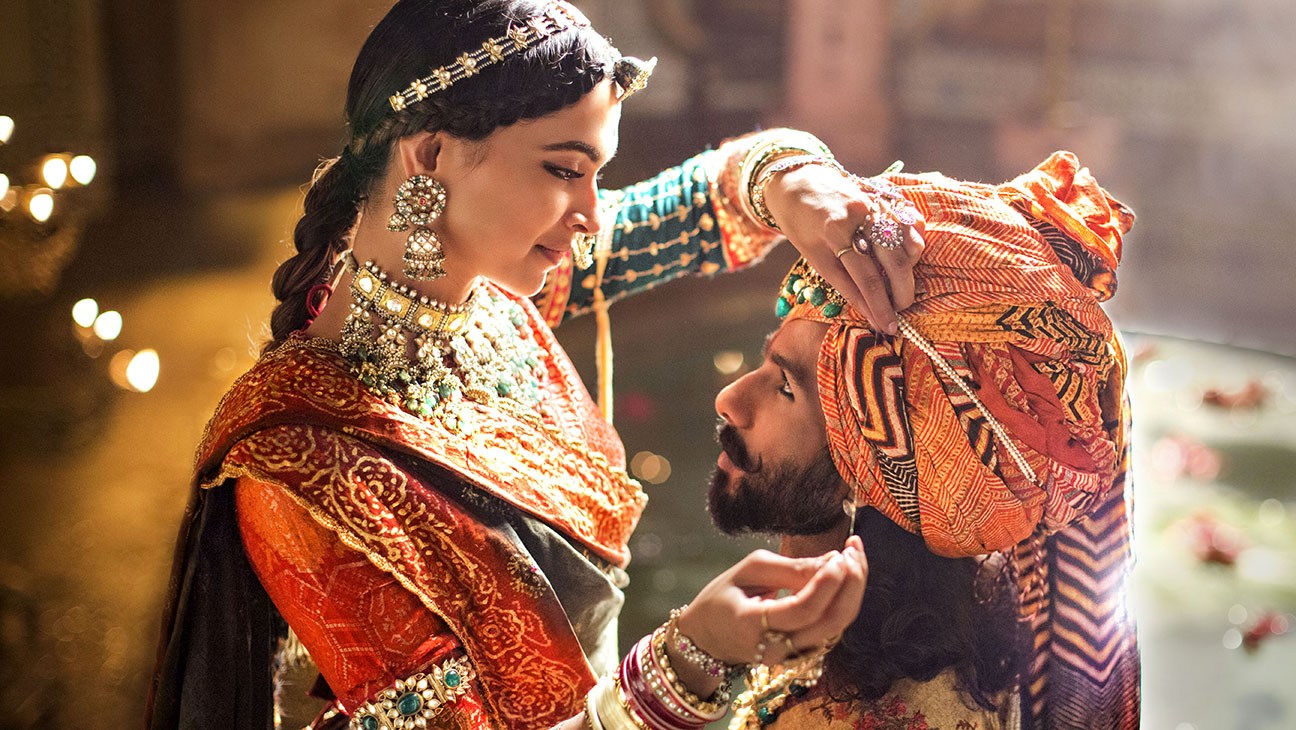
As far as blatant misogyny is concerned, Padmaavat is by far Bhansali’s worst film. The whole film is problematic, and the johar scene especially so. In that climatic scene, which goes on and on and has been shot with so much love and concern for aesthetics, a sea of women in matrimonial red, led by a very stunning and glamorous Deepika Padukone, march to their fiery death. The camera at one point pans to a pregnant woman’s belly, and throughout there is rousing, religious chanting. What is the purpose of that?
Bhansali is glamorising johar; he is eulogising a regressive, patriarchal practice, trying to portray the imposed violence of johar as some sort of a sacred, mythical, purification ritual.
Why is women’s so-called honour, as defined and decided by men, always made out to be more important than their lives? Why must women’s bodies be men’s battlefields?
In the story of Padmavati, that chapter of history, Rajputs lost the battle and their kingdom to Alauddin Khilji, and yet even today they twirl their long, bushy moustaches, taking pride in how their women never allowed their enemies to lay a hand on them by jumping into fire. They don’t see the unbearable violence, cruelty of that act, they don’t mourn it as a tragedy. They actually celebrate how the women restored men’s lost “honour”.

Is this harmful trend changing?
No, not really. We take one step forward, and then several steps back.
Consider this recent film, Article 15, directed by Anubhav Sinha and starring Ayushmann Khurana. It is critically acclaimed and has been praised for its “sensitive” portrayal of rape, of caste biases and politics. I see that, but I also see many similarities between Article 15 and that Rohit Shetty film, Simmba, starring Ranveer Singh.
Both the films use rape as a plot device for the lead male actor to fight evil and become a “hero”. Why must so many films use violent, criminal acts on women as the bouncing board for men to launch into some sort of crusade to become bigger and better? Why are so many films about a woman’s rape, trauma, even death, actually just about the male hero achieving personal glory?
It’s just pathetic that in this day and age our films are still pandering to male complexes.
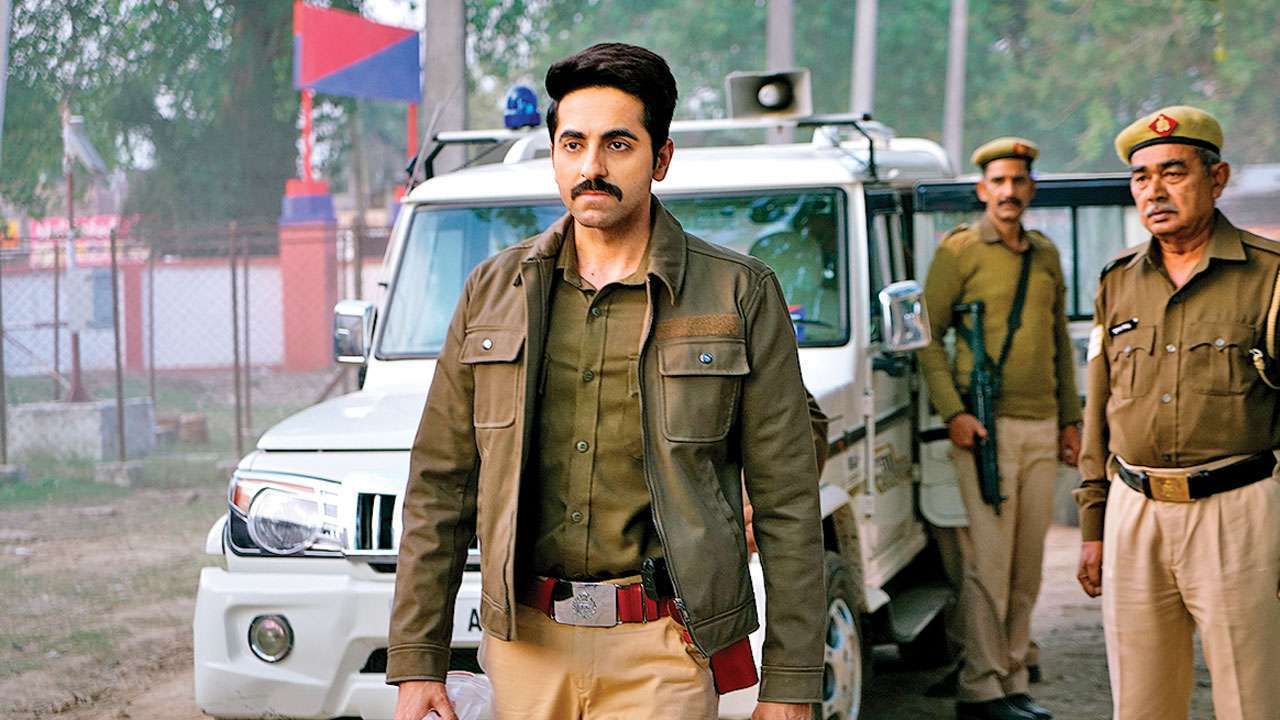
What did you think of Kabir Singh?
The reason why Arjun Reddy/Kabir Singh are important is because they are cleverly written, well-made films that have great performances by Vijay Sai Deverakonda and Shahid Kapoor. They are also huge hits.
In that film, the hero is shown as an ill-tempered, violent but brilliant medical student, and later doctor, whose heart is supposedly in the right place. He has a drinking problem, and is later addicted to sex — he even tries to have sex with a woman by putting a knife to her neck. The film jokes about his sexual appetite and desire, trying to portray it as virility, as machismo that must be respected.
In that film, the boy goes around college announcing that a particular girl belongs to him, though she is not even aware of that, forget having a say in the matter. In fact, for about 30-40 minutes of the film, the girl doesn’t utter a single word.
Imagine a lead female character doing exactly what the male character does in Kabir Singh: She repeatedly hits and ill-treats the man she supposedly loves — a man who barely utters a word; she tells him what to wear in public; abuses the man’s father; operates on a critical patient while drunk; has meaningless sex with random men while their wives/fiancees are hovering around. Does this sound like true love?

Arjun/Kabir are toxic, narcissistic characters. The problem is not that there’s a film about them, nor am I saying that men like them don’t exist. They do, unfortunately. In large numbers! The problem is that the film tries to glamorise obnoxious, noxious behaviour and abuse, and sells it as sachcha pyaar (true love).
There is a very interesting French film, I Am Not An Easy Man (available on Netflix), which reverses gender stereotypes, and just by watching women do exactly what men do, you realise how toxic and objectionable men’s behaviour is, and how normalised their sense of entitlement is, by us and by our films.
Why is violence against women or humiliation of the female lead so vital to so many Indian (Hindi/Tamil/Malayalam) film plots? What does this say about the filmmaker and the audience?
We are the land of Ramayana and Mahabharata, and in both these revered stories it’s a woman’s dishonour that leads to epic battles, that eventually establishes who is God and who is bad. So, well, I guess we are stuck with this forever.
I’m joking, of course. Epics must be read, re-read and analysed — from a contemporary, informed, evolved perspective. We can’t change the original stories, but we must study them. We must scrutinise the actions and motivations of characters and question them.
I mean, a man gambles away his brothers and then his wife, and is still considered and called Dharmaraj, Lord of Dharma.
Ram is often called Maryada Purushottam, seen as an ideal, but he makes his wife and brother suffer in a jungle because he made a promise to his father. Then his wife, Sita, is abducted and suffers humiliation and isolation for years, and when she finally returns home, she is made to take agni pariskha to prove her purity. And then, when she is pregnant, she is abandoned, cast aside by this great king!
When our gods are, on one hand, behaving badly with women, and yet waging battles to avenge their “dishonour” by other men, we should know that women’s misery is only grist for men to become heroes.
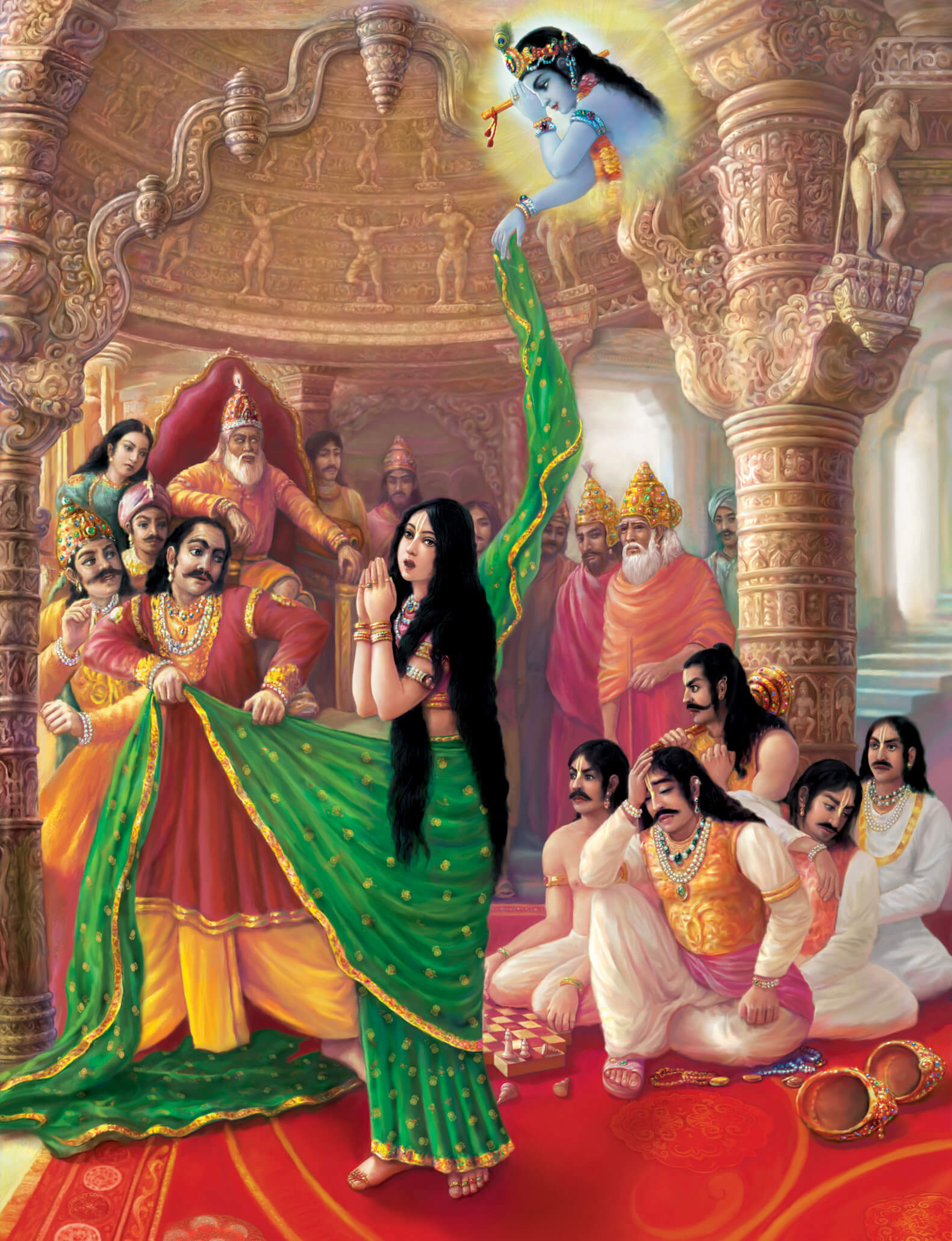
We should also know that our ecosystem is designed and trained to invest in men — whether in Bollywood or the family, men come first.
So films made by men, produced by men, will invest in stories that star men and appeal to men, stories in which men have the meaty parts. One set of men will rape, torture and kill women, while another set of men will avenge that crime and dishonour. Where is the woman in this story? What’s her role?
As filmmakers, producers, audiences and actors, we all need to grow up.
Look at the women around you. Your friends, teachers, colleagues, relatives, mother, our women politicians, women we meet on Facebook, Instagram, in pubs, in sports, women dancers, marathoners, activists, doctors, lawyers, businesswomen, bankers, designers, entrepreneurs, chefs, journalists, women who have taken their rapists to court, women who are fighting #MeToo battles…
There are any number of women characters and stories. All that our film industry needs to do is cast women as real human beings, not as props. They need to be characters unto themselves, and have lives, desires and ambitions. Not one-song, five-dress wonders.
We need well-made, intelligent, engaging films about women — films that portray women and their lives with some degree of honesty, and not films that sulk and are morose because they are “women centric”.
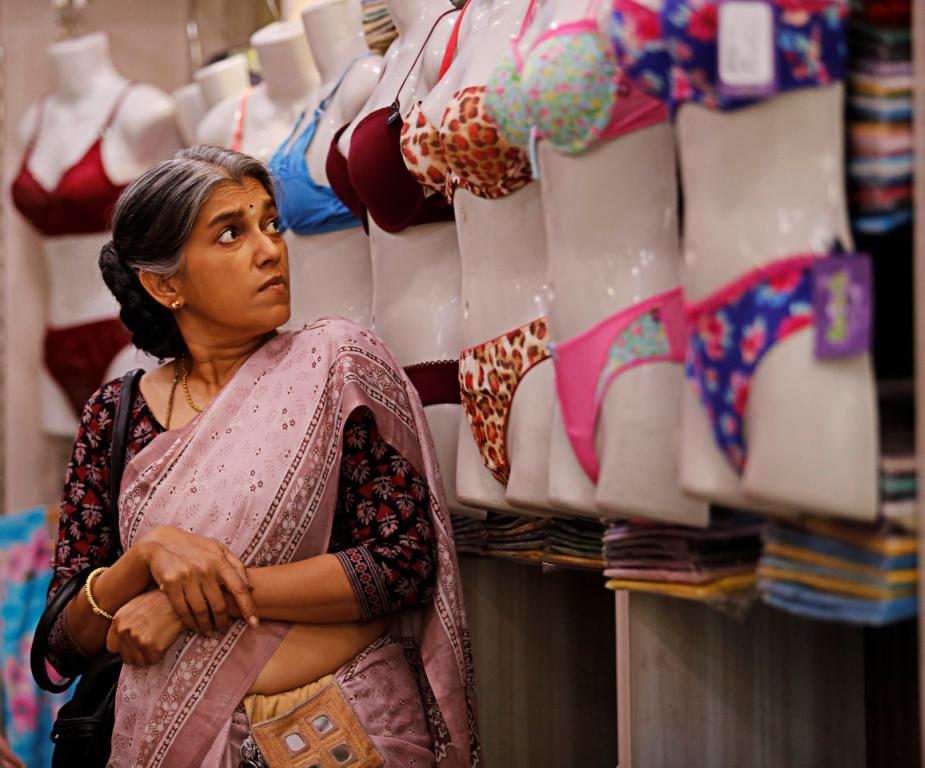
And it’s not like we haven’t had excellent, entertaining Hindi films about women and their lives, struggles in the past — Lipstick Under My Burkha, Mother India, Mirch Masala, Astitva, Bhumika, Queen, No One Killed Jessica, English Vinglish, Kahaani, Piku, Umrao Jaan, Khubsoorat (1980), 36 Chowringhee Lane, Raat Aur Din, Bandhini, Ankush (1986), Bazaar (1982), Pakeezah, Mandi, and though I’m not a fan of these, Neerja, Mary Kom… amongst a few others.
Rape in particular has been used as the basis of so many film plots, even those with ‘strong’ female leads like Sridevi’s Mom. What is your take on this?
Aah! Yes. The angry Durga…
Insaf Ka Tarazu, Zakhmi Aurat, 22 Female Kottayam (Malayalam), Pratighaat, Bandit Queen, Mom, Ajji… The only films, it seems, where we can find strong lead roles for women are where they are avenging rape.
I think our writers are creatively constipated, and producers too concerned with profits to take a chance with other stories.
But having said that, the emotional appeal of these revenge-thrillers can’t be undermined. Especially not in our country, where crime often goes unpunished, especially crime against women.

Many of us seek justice for a wrong done to us or a loved one. Since that rarely comes, somewhere inside we yearn for vengeance. At the very least, we want to vent our rage. And these films, through their stories and characters, let us live that emotion vicariously, they let us be victorious.
At another level, I think the obsession with rape in films stems from both — male fascination with the female body, and men’s fear of female desire. In films about rape, they get to show the rape often through a lusty male gaze — thus, pandering to male desire to watch, control and own women’s bodies, by the actor on the screen and, by extension, the men in the audience. And so, the only desire that is exhibited and catered to is the man’s.

Though such films consider the act of rape as morally repugnant and violent, in most films rape scenes are shot like porn, with the women hardly ever shown as a whole, instead splitting the female body into breasts, neck, waist, hips… Thus, turning a human being into separate items of male desire stacked together. The hypocrisy and dishonesty in-built in these films is just staggering.
Also, in most films, rape takes place when the girl crosses some sort of Lakshman Rekha. It’s a sort of punishment for acting out of the norm. These films reiterate the message that is drummed into girls in our country while they are growing up: Don’t go out alone, don’t go out late at night, don’t talk back, don’t pick a fight, don’t wear this or that, don’t drink, don’t sit like that, cover this, don’t laugh so much…
In essence, “invisibilise” yourself. Don’t be seen or heard, and you will be fine.
We have had some decent films about rape and molestation, like Rituparno Ghosh’s 1997 film, Dahan, which won the National Award. Also, Manik Chatterjee’s 1978 film, Ghar, and Mira Nair’s Monsoon Wedding. Even Imtiaz Ali’s Highway, and Satish Kaushik’s Hamara Dil Aapke Paas Hai starring Aishwarya Rai. These films explored other aspects of rape, abuse, molestation. They didn’t seek thrills.
If there were a Bollywood equivalent of the Staunch Prize, which Hindi films would qualify?
(Laughs) A thriller where a woman’s rape, murder, death, abuse, disappearance, misery is not a plot device… Tough, tough!
Apart from old classics like Gumnaam, Woh Kaun Thi?, Bees Saal Baad, Dhund, Ittefaq, and Khamosh, and maybe Andhadhun, Johnny Gaddaar, Saheb, Biwi Aur Gangster and Kahaani.
That’s it from Bollywood, I think.


Pingback: How Is Rape Culture Related To The Notion Of Women As Carriers Of Family Honour | Feminism In India